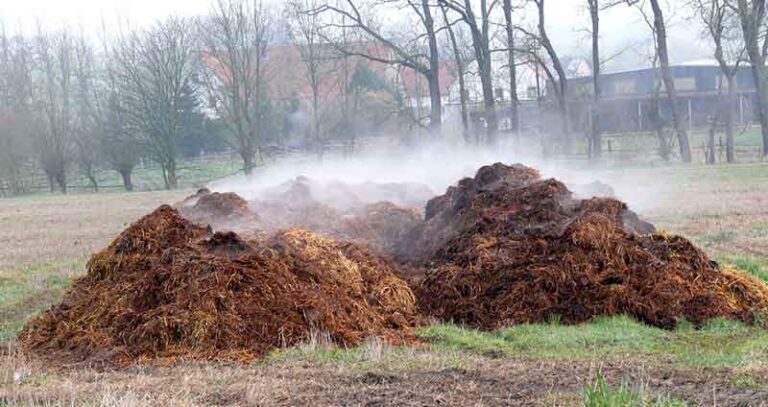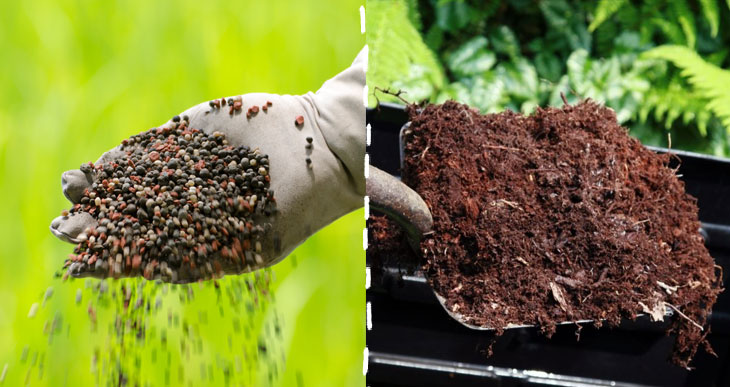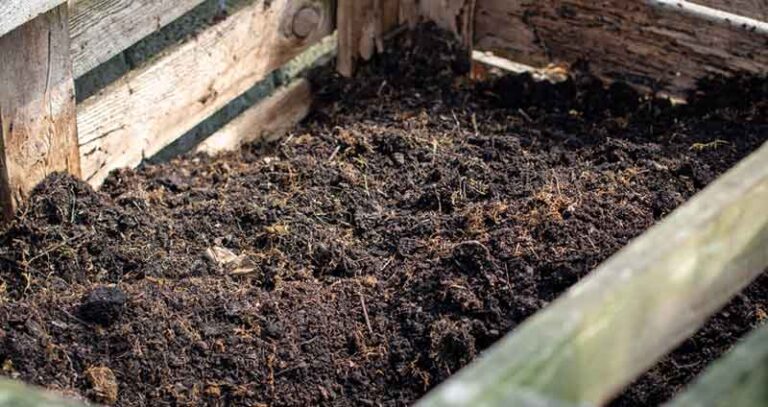Does a Compost Bin Need Air Holes

Compost bins come in a lot of different shapes and sizes. Some of them have many holes, but others have none at all. And if you’re building a DIY bin, you could be left scratching your head wondering whether or not to put holes in it!
But what are these openings for, and do you really need them?
In general terms, the holes you see in compost bins are designed for airflow and sometimes drainage.
These two subjects often raise a lot of questions, so in the following article, I’ll explain everything you need to know about these pesky perforations!
Holes in compost bins
In general, holes in compost bins are intended to improve ventilation. They provide oxygen for compost microorganisms and allow decomposition gases to escape.
Aeration is essential if you follow what most gardeners consider “best composting practices” because oxygen is a fundamental need for aerobic (oxygen-loving) compost microbes.
Keep in mind organic matter will rot no matter what!
But it can happen in two ways:
- Aerobic (in the presence of oxygen)
- Anaerobic (without oxygen).
The question is how to create a controlled environment with the best compost conditions.
The need for openings or slots in any compost container is based on the principle that aerobic conditions are better than anaerobic.
Should compost bins be airtight?
If your compost bin is airtight, it will create anaerobic conditions inside the bin, which is not considered good practice for efficient composting. Decomposition without oxygen or ventilation gives rise to unpleasant smells and slower results.
The most efficient type of bacteria for composting are known as aerobes. Air is essential for the survival of these aerobic composting microbes.
When there is no oxygen, anaerobes take over the process.
These oxygen-hating microorganisms thrive in an airtight container. In these conditions, your organic compost materials are in a state of putrefaction.
Sounds lovely, doesn’t it?
And you’re right to think that anaerobic decomposition has a number of disadvantages, such as:
- Anaerobic composting is about 90% slower.
- These microbes produce useless organic acids and ammonia-type substances that smell really bad and can be harmful to plants.
- Anaerobic microbes produce fewer nutrients than their aerobic counterparts, meaning fewer micronutrients available for plants.
- One of the by-products of anaerobic decomposition is hydrogen sulfide which smells like rotten eggs!
- Anaerobic compost produces a lot more methane, which is a harmful greenhouse gas.
So even though it is possible to compost your organic waste in an airtight anaerobic situation, this isn’t always the best choice.
Do compost bins need holes
Compost bins need holes and openings to help ventilation and also drainage. Too much humidity can reduce efficiency, so drain holes prevent excess moisture from building up in a compost bin. And the airflow is necessary for creating the best composting environment inside the bin.
By now, you’ve probably figured out that those holes serve a purpose.
The basic rules of composting tell us that we need four things to make compost:
- Green (nitrogen-rich) organic matter
- Brown (carbon) materials
- Water
- Oxygen
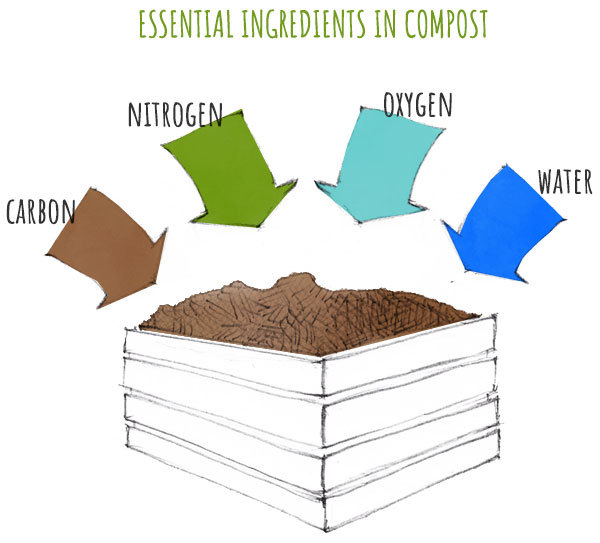
The tricky part is balancing everything in the right amounts.
However, keep in mind that good aeration is probably more a question of the mix of materials added to compost. When building your compost heap, include some rough course materials like twigs, scrunched-up paper, or cardboard. This will create air pockets within the mix. You should also “mix up” your pile from time to time. This breaks apart any materials stuck together and creates spaces for airflow.
Why do compost bins have holes in them?
The holes in the sides of compost bins encourage oxygen and aeration. Sometimes holes underneath a bin are required for drainage, thus controlling water levels within the container.
Therefore the holes or perforations exist to help control two of the fundamental components of composting: water and oxygen.
Some garden compost enthusiasts spend a lot of time balancing these elements to get exactly the right mix.
After adding your green and brown ingredients, the holes in bins are designed to help control the compost mix and create happy surroundings for composting critters!
Does a compost bin need holes in the bottom?
During the decomposition process, compost creates liquids known as leachate. And an open compost bin can be quickly soaked by heavy rainfall. For these reasons, a compost bin needs drainage holes in the base.
Most compost bins have an open bottom, allowing liquid and rainwater to flow out naturally. But if your container doesn’t have any perforations in the bottom, you’ll need to add some, or you could end up with a slimy mess inside your bin.
And it’ll probably stink, too, because the excess water forces out the air and creates anaerobic decomposition.
How much ventilation does a compost bin need?
The ideal amount of ventilation required for compost is a matter of periodic control of moisture levels inside the bin.
Even though ventilation holes help adjust the environment when no one is present, a compost heap constantly evolves and changes.
Good ventilation can be achieved by occasionally assessing your compost.
For example, if it’s too dry, especially during the summer, too much moisture may evaporate through aeration.
If it’s too wet, the compost might need more ventilation (or better drainage). But keep in mind you should probably try mixing materials and turning the compost before increasing airflow.
Turning or mixing using a compost aerator like this one is one of the best ways to introduce more air pockets and aeration. (Amazon link)
How many holes should be in a compost bin
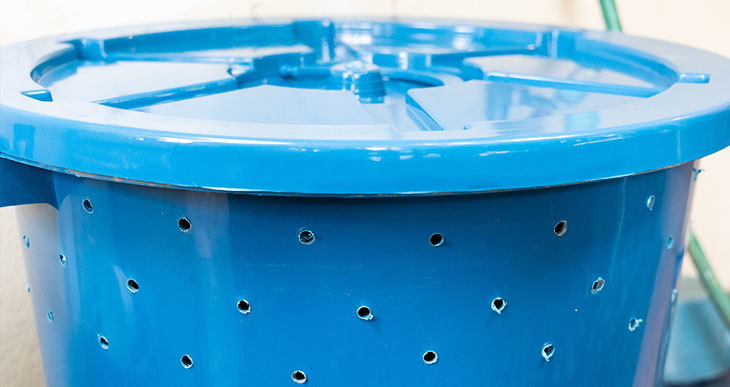
As a general rule of thumb, make holes every 4 to 6 inches in a compost bin if it doesn’t already have ventilation slots. You should add even more holes in the base of a compost bin. This will ensure better drainage and also allow beneficial microbes and insects from the soil to enter the compost.
Too many holes in a compost container can result in a lot of evaporation. And too few could create anaerobic conditions inside the bin.
If you’re unsure how many holes to add, make only a few perforations to begin with, and see what happens. You may not need very many, except the base, which definitely needs plenty of holes.
What size holes should you use for a compost bin
If you take a close look at commercial composters, you’ll notice several vents or holes. These need to be big enough to allow some airflow but not so big that the compost ingredients fall out of the bin.
A lot of DIY compost systems use holes of about ½ inch. Anything less than ¼ inch is probably too small.
Compost bin without holes
If you own a compost bin with no ventilation holes, you might think you’ve chosen the wrong system. But I’ve seen many models which seem to make perfectly good compost even without perforations.
If you think about it, these containers are not airtight, so they let a certain amount of air into the bin via the lid.
These kinds of bins can still work if you respect a couple of basic requirements:
- Turn regularly.
- Mix green materials with rough brown materials, which provide structure and air pockets.
For example, if you fill one of these bins with only grass clippings and leave it unturned for even a few days, it will turn into an anaerobic mess and will start to smell.
A small amount of management will produce far better results.
Does a kitchen compost bin need air holes?
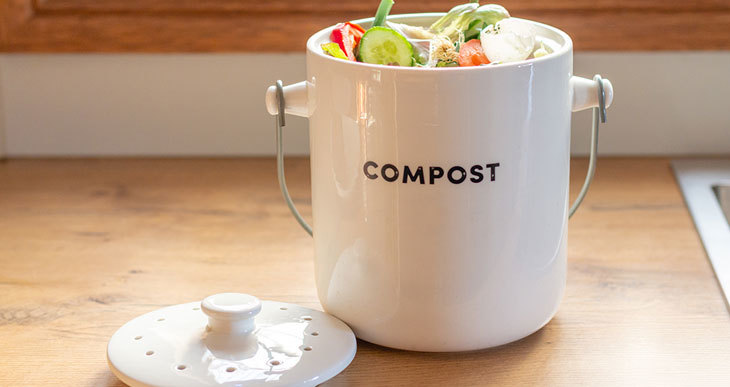
Yes, kitchen compost bins do need holes. If the kitchen container is airtight, microorganisms will quickly use up all the oxygen, and anaerobic microbes will take over the decomposition process, causing unpleasant odors.
The basic rules of good aeration still apply. If you don’t allow some airflow, moisture will build up and force out the air. And any oxygen used in the first stages of decomposition will be replaced by oxygen-hating microbes, which produce putrefaction.
Most kitchen compost bins have ventilation holes to allow good airflow. Make sure you get one with an activated charcoal filter like this one as an added protection against odors (Amazon link).
Final Thoughts
Holes in compost bins are aimed at improving your composting results. By creating a better environment inside the bin and controlling moisture and air, you will get better quality compost faster! Read this article for a more detailed tutorial on how to use a compost bin.


